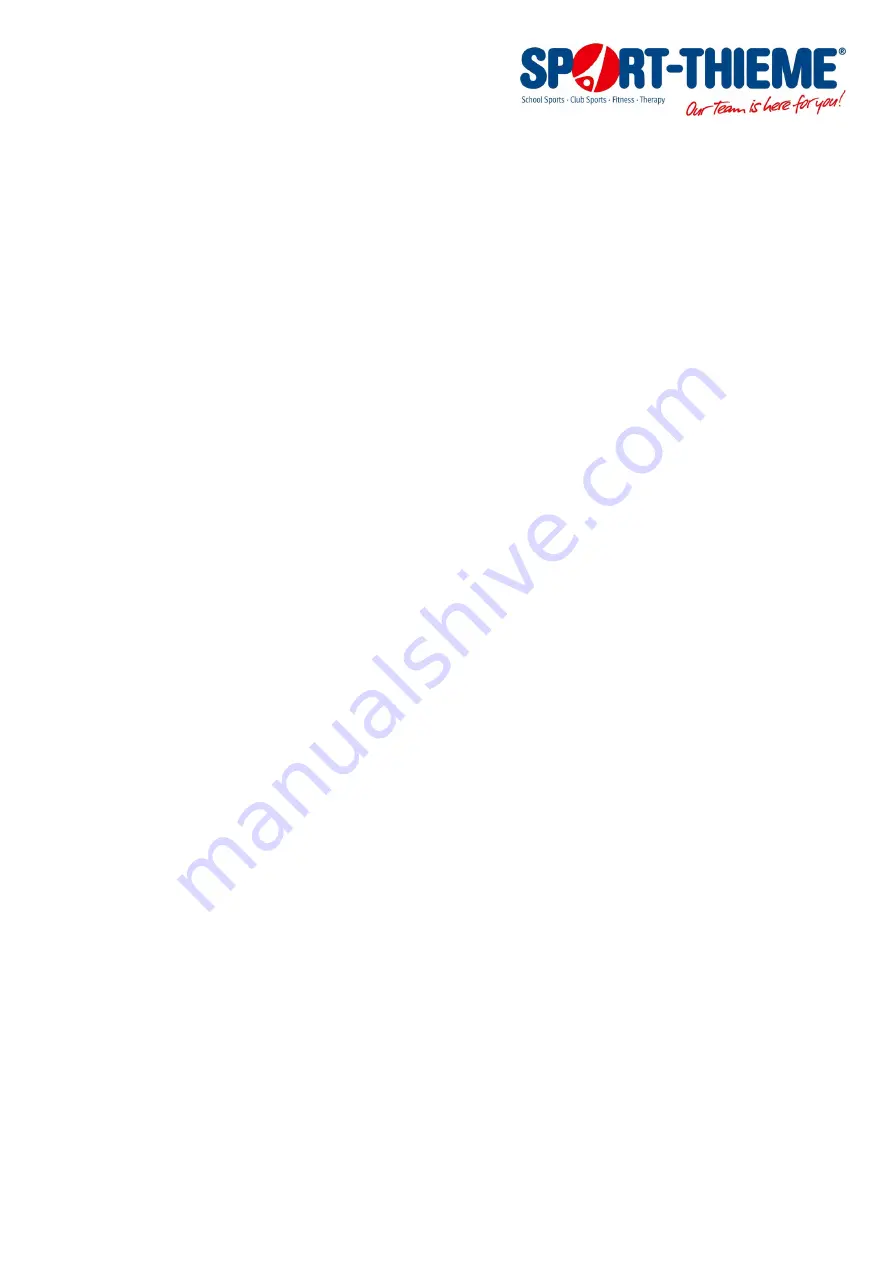
Assembly & exercise instructions
For product code 114 0109
Page 3
Many swimmers tend to focus on the catch and exit, and neglect the pull, which is a crucial phase of the swim
stroke. This is not possible with paddles, as the resistance on your hand will feel uncomfortable if you exit too soon,
making you aware of your error.
10. Swimming with paddles is not easy
Swimming with paddles is not easy and the skills required need to be built up gradually. Don’t be too hard on
yourself. You will soon understand how they work, perfecting your stroke mechanics along the way.
11. Using finger straps only (suitable for experts)
Once you’ve mastered the paddles with two straps, you could challenge yourself to swim without the wrist strap,
and attach the paddle to the middle finger only. This will force you to be even more accurate so you pull as much
water as possible throughout the entire cycle. Make the slightest error and the water will push the paddle away
from your hand and slow you down.
12. Learning to swim with paddles
If you are learning to swim, hand paddles can help you understand water resistance and how your arms and hands
should be used to move forward more quickly. Learners should alternate between swimming with and without
paddles. Start experimenting with the paddles by moving your arms in the water while standing, then walking in
chest- or neck-deep water. Another great exercise for beginners – regardless of which swim stroke you’re
practising – is to push off in a straight line from the pool end: adopt a perfectly flat position, arms stretched out to
the front, head between arms. Then attempt to increase the distance by a few arm pulls. Take a deep breath
beforehand. Don’t worry about your breathing technique to start with (you can work on that much later, once you’re
more confident with the movements over a short distance, i.e. 10–15 m), just focus on your movements to start
with.
By doing these key exercises (and also swimming) with and without paddles a few times, you will soon realise that
swimming is all about gliding on the water and propelling yourself forward with arm pulls. Once you have mastered
the arm pull, you can add the leg kicks. Paddles (in particular size IV, orange) will really help you grasp the basics
much faster.
13. Changing the size of the paddles
We don’t recommend switching abruptly from consistently swimming with large paddles to wearing no paddles at
all. Experience has shown that the training effect and understanding of water resistance is greatest when swimming
with paddles of different sizes and when alternating between swimming with and without paddles. Large paddles
prove most effective when training to build your skill level and to push yourself, while the smaller paddles are ideal
in the lead-up to competitions.
14. Improving all four strokes
Paddles can be used for all four swim strokes. A clean catch and proper execution of the pull are essential for
every stroke – which can be practised ‘pull by pull’ when wearing hand paddles. For improving your arm stroke
technique in front crawl, backstroke and butterfly, paddles are virtually problem-free, as the catch and pull can be
felt more easily than without paddles. Paddles can really help crawlers and backstroke swimmers to feel if their
right and left arms alternate smoothly, or if there are any slight ‘pauses’ between each arm stroke. As for the
butterfly stroke, the paddles will help you understand how to best execute the pull and the push to effectively move
forward in the water. Practising breaststroke while wearing paddles requires a special skill as you’ll have to push
your hands forward in the water – in the opposite direction of travel, so to speak – but improving just that alone will
be a major gain for your breaststroke technique. Experienced competitive breaststroke swimmers ‘bend’ their
paddles to correspond to their usual breaststroke hand position.
15. Improving the breaststroke pull


























